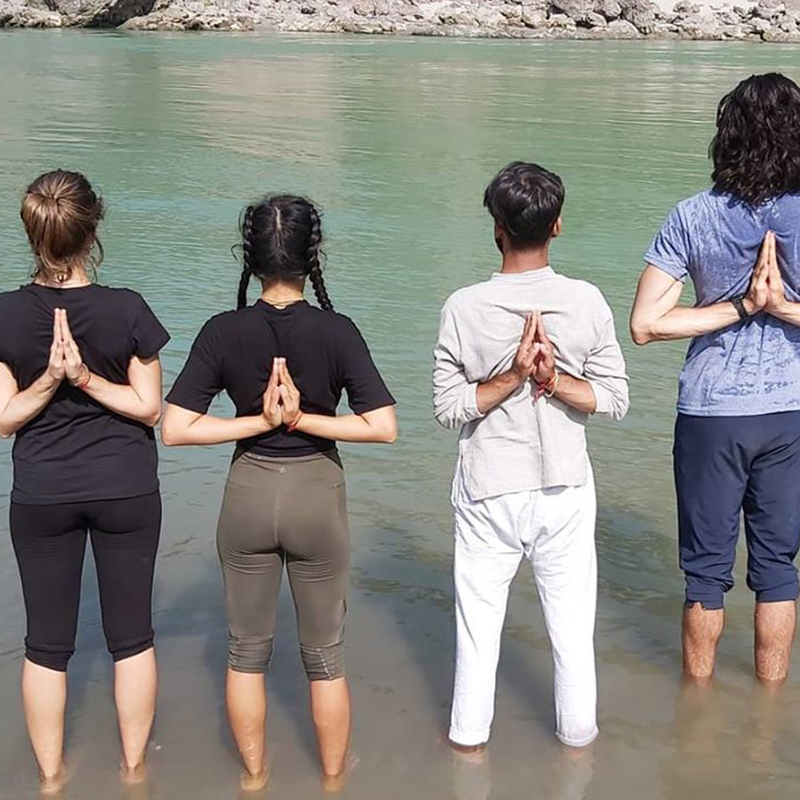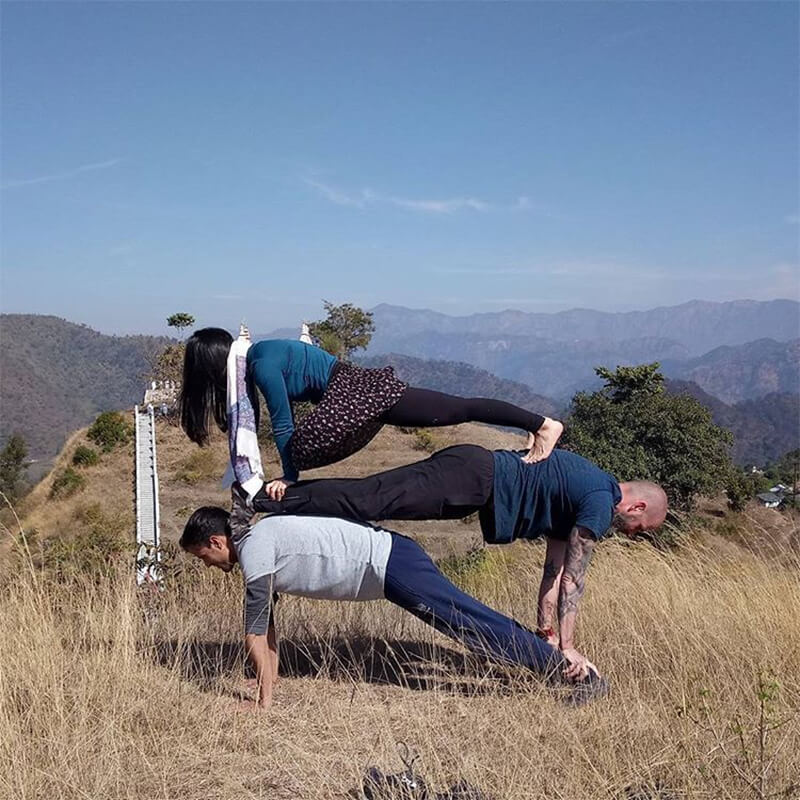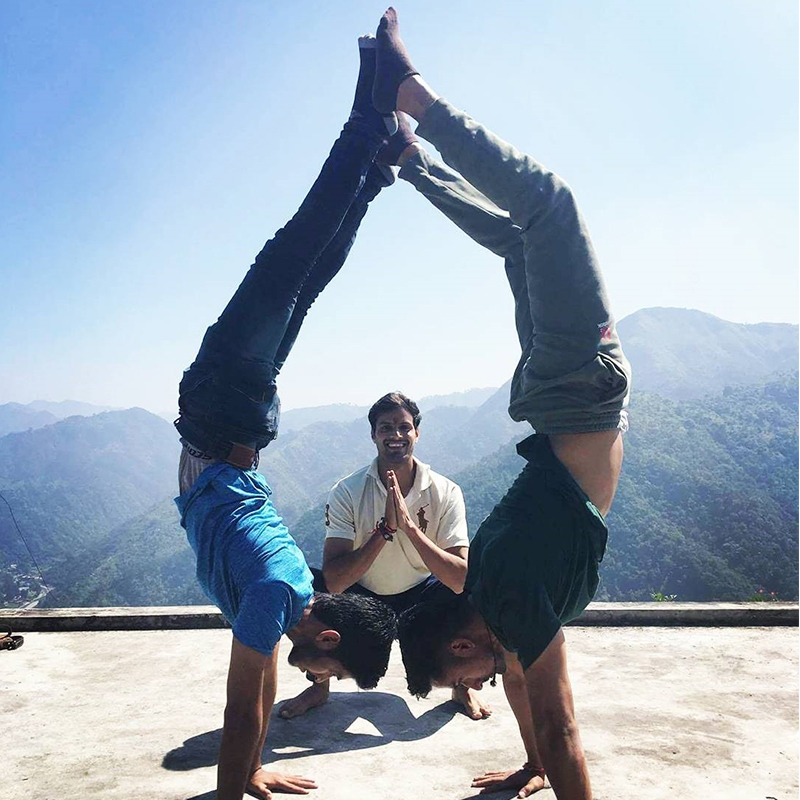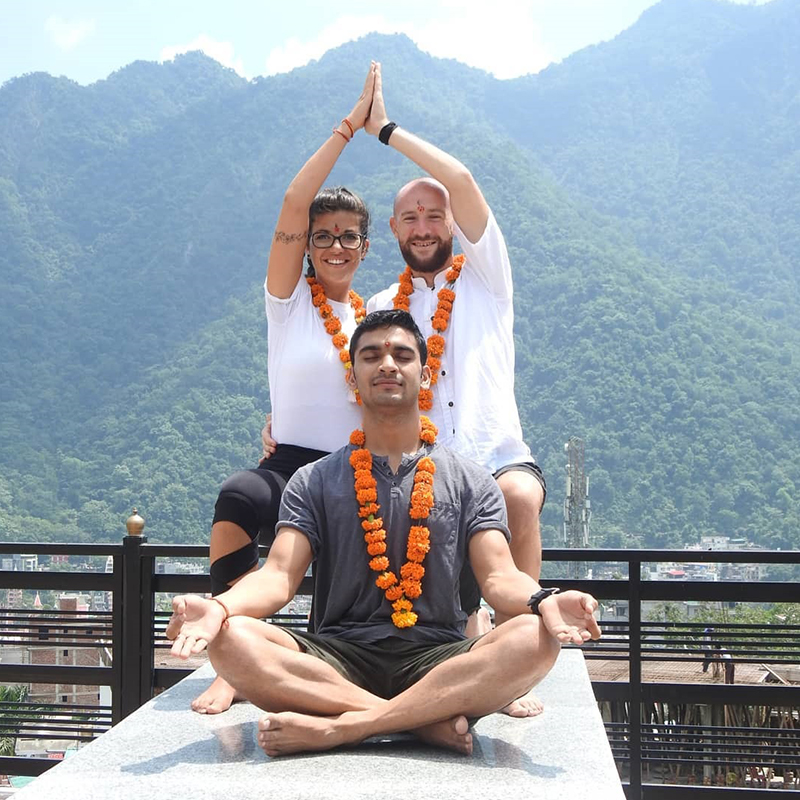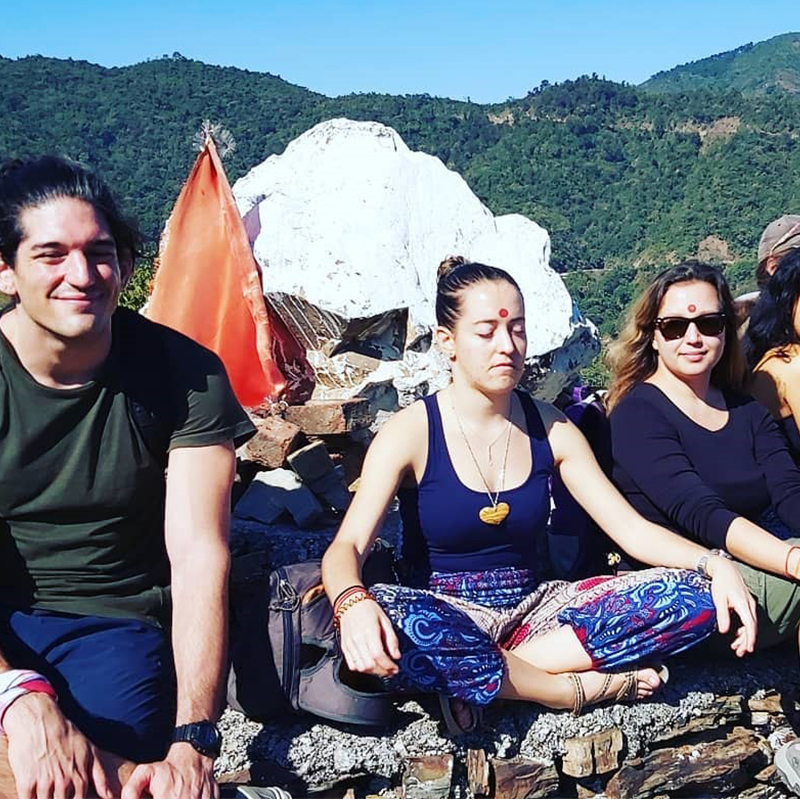
500 Hour Yoga Teacher Training In Rishikesh (Residential Hatha & Asthanga)
Overview - 500 Hour Yoga Teacher Training In Rishikesh (Residential Hatha & Asthanga)
This 500 Hour Yoga Teacher Training in Rishikesh is registered with Yoga Alliance USA. This Yoga Teacher Training Course is for those who have already completed the 200 hour Yoga TTC course. The course lasts for eight weeks and will nurture you both physically as well as mentally.
This 500 Hour Yoga Teacher Training Course will help you to achieve excellence in the art and science of yoga and will allow you to discover a new dimension to learn, teach and appreciate yoga.
Have any question?
No money will be charged, feel free to enquire.
Images Gallery
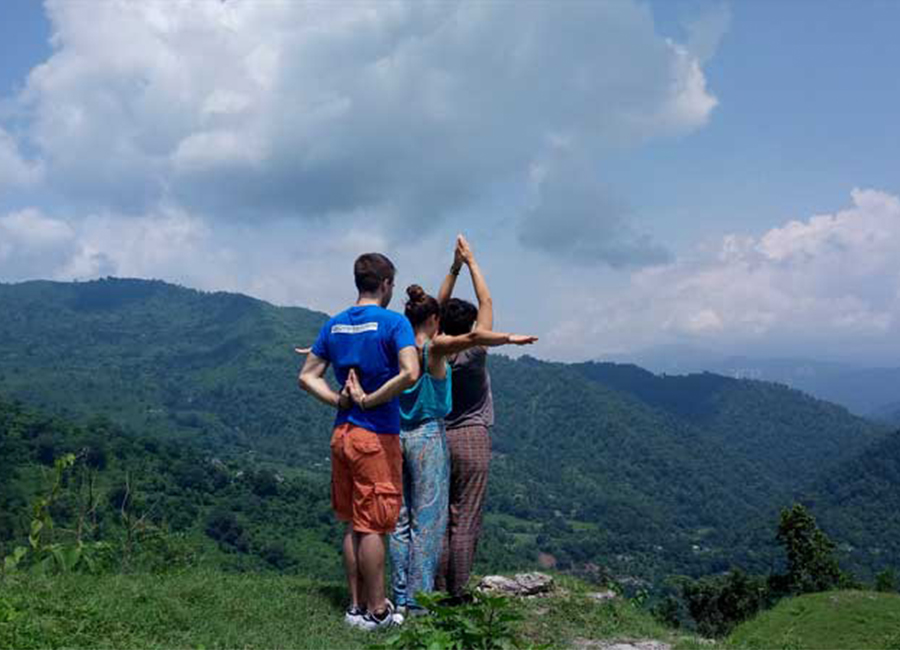


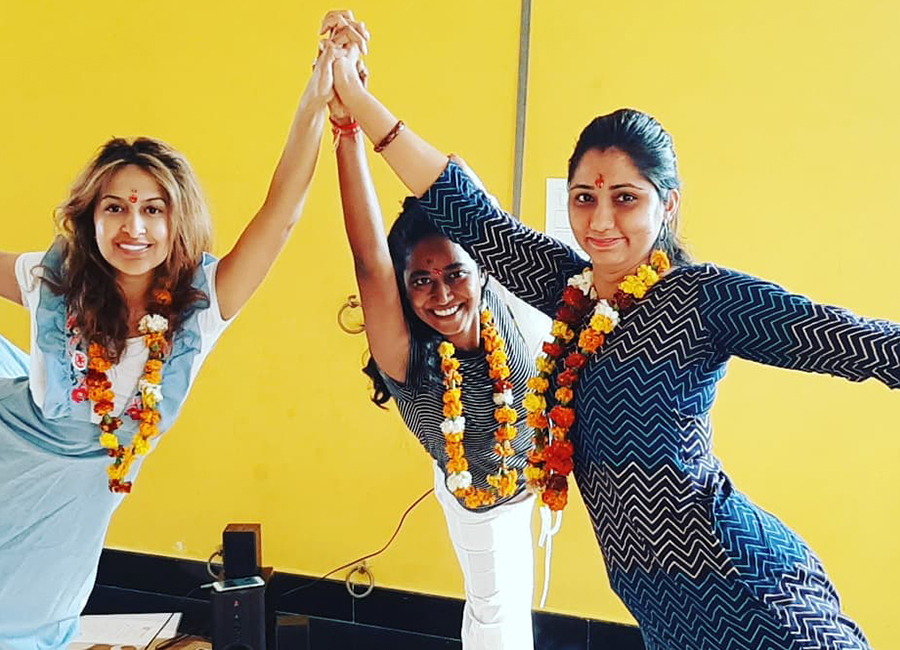
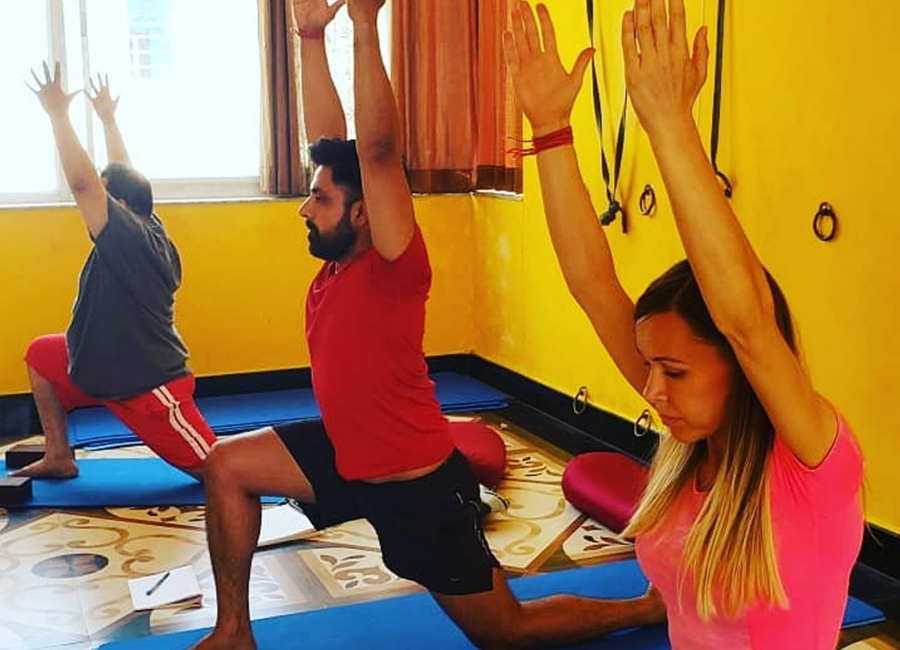
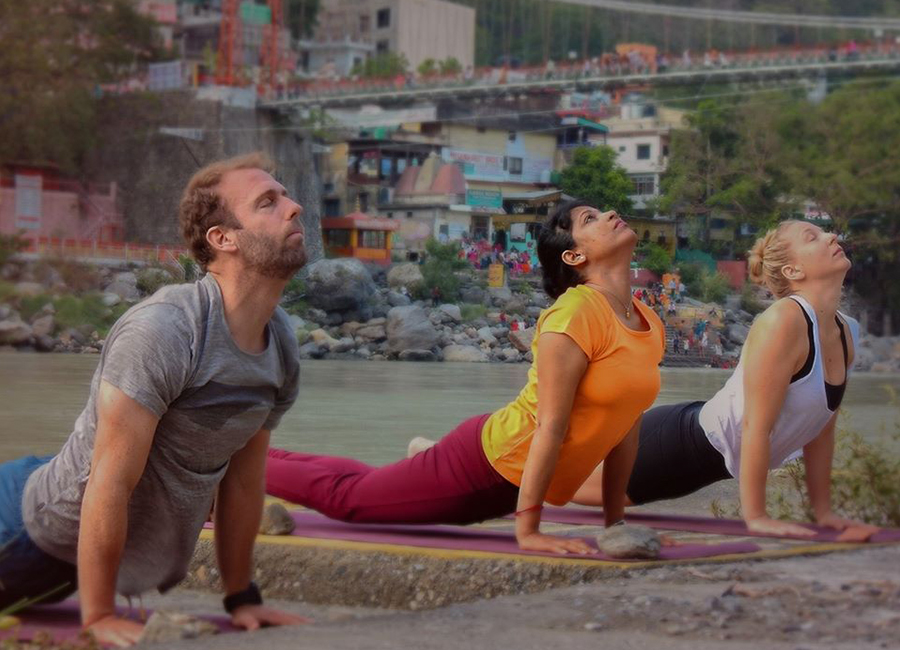

Program
The 500 hour yoga teacher training course in Rishikesh will nurture you physically and mentally. You can draw the corrective which is most wanted in order to make your inner life perfect, more comprehensive and more universal. This Yoga Teacher Training Course can assist you in mastering the art and science of yoga. This course will allow you to discover a new dimension to learn, teach and appreciate yoga.
Accommodation
The school offers simple and clean accommodation facilities. Both single, as well as double shared rooms are available with attached bathrooms. The bathrooms are equipped with western toilet seats and cold showers and hot water facility is available during the winter seasons.
Syllabus
500 Hour Yoga Teacher Training in Rishikesh (Residential Hatha & Asthanga) course syllabus includes:
Yoga Philosophy
There exists at present a good deal of misconception with regard to the practices of yoga. Yoga philosophy is needed to get linked with tradition by a direct reference to the treatises. This class will allow students to understand and appreciate the classical literature of Yoga.
Introduction
- Origin of Yoga
- Different Paths of Yoga
- Samkhaya Darshan
- Vedanta Darshan
- Obstacles in Yoga
Ashtanga Yoga (8 Limbs)
- Yama
- Niyama
- Asana
- Pranayama
- Pratyahara
- Dharana
- Dhyana
- Samadhi
Hatha Yoga
- Panch Kosha
- Annamaya Kosha
- Pranamaya Kosha
- Manomaya Kosha
- Jnanamaya Kosha
- Anandamaya Kosha
Orientation of Patanjali's yoga sutra
In the Yoga sutras, Patanjali has provided a very scientific and practical exposition of the philosophy and practice yoga. One very important section of the book describes what is commonly called Ashtanga yoga or Eight Limbs of yoga which provides practical guidelines for experiencing the ultimate state of consciousness.
The orientation of Hathayoga Pradipika:
This is a classic text on Hatha Yoga written by yogi Swatmarama. The instructions given in the text is very useful in understanding the mechanics of the body and channelizing the energies to establish harmony. By bringing balance between sun and moon, one can prepare for a higher possibility. Hatha Yoga – Introduction, the relationship of Hathayoga and Rajayoga, the greatness of Hathayoga, Hathayogi lineage, the importance of Hatha Yoga, Destructive and constructive of yoga, methods of Hathayoga Practice and Yogic diet.
The orientation of Gheranda Samhita:
Gheranda Samhita and Hathayoga Pradipika are two of the older main Hatha Yoga text available in India. Dated back a few hundred years, they are still studied today to understand the therapeutic aspect of Hatha Yoga.
Ghatayoga – Introduction, seven-step yoga, benefits, purificatory techniques, classification practising methods and benefits, a comparative study of Hathayoga and Ghata yoga.
The orientation of Upanishad:
The Upanishads (defined as "to sit with one's self" or "to sit in the presence of the master") are the insights gained by the yogis. It discusses liberation through wisdom. This is the end portion of the Vedas, and the subject of yoga is presented in a conversational form.
Human Anatomy - Physiology and Yoga
Introduction
- Skeletal System
- Joints and Range of Motion
- Muscular System
- Postural imbalances
Physiology of Asana
- Standing
- Back Bend
- Forward Bend
- Twist
- Inversion
- Digestive System
- Respiratory System
- Circulatory System
- Physiology of Pranayama
- Nervous System
- Endocrine System
- Stress and Homeostasis
- Physiology of Meditation
- Lesson Planning, Practical and Written Assessment
This class provides a meticulous understanding of Anatomy and Physiology of different systems.
(i) Musculo-Skeletal System : Muscle - Classification - Histology - properties of each type - distribution - Mechanism of muscle contraction (Brief) - neuro-muscular transmission (Brief), ligaments, tendons, Skeleton-Bones-types, Structure & function, Spinal column. Joints - Types, Structure, Function.
(ii) Blood and Immune System : Composition of blood corpuscles - R.B.C., W.B.C., Platelets. Plasma, Hemoglobin - Coagulation of blood and anticoagulants. Blood groups and its importance, lymphatic system, Immunity - types & mechanism.
(iii) Cardiovascular system : Anatomy of Heart and blood vessels - -Innervation of heart - Properties of cardiac muscle - Control of cardiac cycle and circulation - Cardiac output - Blood pressure.
(iv) Respiratory System : Anatomy-Gross & Histological - Mechanism of Breathing, Exchange of gases Pulmonary function tests-lung volumes - Control of respiration.
(v) Digestive system: Anatomy - Gross and Histological - Mechanism of secretion of - Saliva, Gastric Juice, Pancreatic Juice, Bile, Intestinal secretion - Role of these secretions in digestion of food, Absorption and assimilation and formation of feces.
(vi) Excretory System and temperature regulation : Anatomy-Gross & Histology - Functions of glomerules and renal tubules Micturition and composition of urine - structure and functions of skin-Regulation of body temperature.
(vii) Endocrine System : Anatomy - Gross & Histological, Thyroid, Parathyroid, Supra - renal, Pituitary, Islets of Langerhans - Function of thyroid and parathyroid harmone, effect of hypo and hyperactivity on the body. Hormones of supra-renal and their action and effect of hypo & hyper activity on the body. Hormones of pituitary gland- its action and effect of hypo & hyper activity on the body. Role of insulin in glucose metabolism.
(viii) Central Nervous System : Anatomy - Gross - Cerebrum, cerebellum, Spinal cord. Histology - Nerve - structure and properties of neurons - Nerve - Action Potential - generation propagation - factors influencing. Classification of neurons and nerve fibers Receptors and reflex arc. Functions and important connections of Cerebrum, Pons, Medulla, Thalamus, Hypothalamus, Cerebellum - Autonomic nervous system - Sympathetic and parasympathetic - anatomy & functions.
(ix) Physiology of main Asanas
(x) Physiology of breathing
(xi) Physiology of stretching
(xii) Common yoga injuries and its prevention
Teaching methodology
- To structure and sequence a class
- Modification techniques
- Teaching different meditation techniques
- Organizing and preparing for the workshop
- Principles of demonstration, observation, alignment and correction
Human Anatomy-Physiology and Yoga
- Introduction
- Cellular system
- Skeletal system
- Joints and Range of motion
- Muscular system i
- Muscular system ii
- Postural imbalances
- Physiology of Asana
- Asana – standing
- Asana – back bend
- Asana – forward bend
- Asana – twist
- Asana – inversion
- Digestive system
- Respiratory system
- Circulatory system
- Physiology of Pranayama
- Nervous system i
- Nervous system ii
- Endocrine system
- Stress and homeostasis
- Physiology of Meditation
- Essence
Mantra Recitation
Mantra is a word or sound repeated to aid concentration in meditation. The reverberating sound harmonious the body and mind.
- Ganesha Mantra
- Guru Mantra
- Shakti Mantra
- Gayatri Mantra
- Mangalacharan Mantra
- Shanti Mantra
Asanas
Dynamic Postures
- Pawanmuktasana series
- Marjari asana
- Vyaghrasana
- Surya namaskar
Standing Postures
- Tadasana
- Utkatasana
- Padhastasana
- Trikonasana
- Parivrtta Trikonasana
- Parshwakonasana
- Parivrtta parshwakonasana
- Veerbhadrasana I
- Veerbhadrasana II
- Veerbhadrasana III
- Ardh chandrasana
- Parsvottanasana
- Prasarita padottanasana
Inverted Postures
- Sirsasana
- Sarvangasana
- Halasana
- Pincha mayurasana
- Adho mukha vrkshasana
- Twisting postures
- Ardh matsyendra asana
- Parivritti janu sirshasana
- Kati chakrasana
Back Bend Postures
- Bhujangasana
- Shalabhasana
- Dhanurasana
- Matsyasana
- Ushtrasana
- Kandhrasana
- Chakrasana
- Gomukhasana
- Setu asana
- Rajkapotasana
Forward Bend Postures
- Paschimotanasana
- Janusirasana
- Ardh padam paschimotanasana
- Padprasar paschimotanasana
- Adho mukha svanasana
Balancing Postures
- Vrkshasana
- Bak dhayan asana
- Mayurasana
- Natraj asana
- Garudasana
Relaxation Postures
- Shashankasana
- Makarasana
- Savasana
Breathing Practices
- Yogic Breathing
- Nadi shodhan
- Kapalbhati
- Bhastrika
- Ujjayi
- Bhramari
Meditative Postures
- Sukhasana
- Padamasana
- Vajrasana
Meditational practices
- Breath awareness
- Tratak
- Yog nidra
- Mantra chanting
- Yantra drawing
Included Excursions
Himalayan sightseeing trips and weekend excursions are included with the course.
Food
You will be provided with three pure vegetarian meals per day (breakfast, lunch, dinner), and herbal tea.
The following meals are included:
- Breakfast
- Lunch
- Dinner
- Drinks
The following dietary requirement(s) are served and/or catered for:
- Vegetarian
The food is totally vegetarian and if anyone has problem with the vegan food . Arrangements are made for the people having problem with it.
What’s Included
- Shared Accommodation
- Daily nutritious vegetarian meals, detox juices and teas
- Weekend excursions
- Yoga material (Notebooks, yoga t-shirt, body cleansing kit, etc)
- One the Himalayas sightseeing trip
What’s Not Included
- Airfare
- Personal Expenses
How to Get There
By Airplane
Please book your flight to arrive at Indra Gandhi International Airport (DEL), from Delhi airport taxi pickup to the Centre @ 70 USD | 6-7 hours ride. You can also take a flight to Jolly Grant Airport (DED) from Indra Gandhi International Airport (DEL), Dehradun airport taxi pickup to the Centre @ 20 USD | 30 - 45 Minute ride.
By Bus
From Indra Gandhi International Airport (DED), you will have to take a taxi to ISBT (Inter State Bus Terminal). From there you can find many government and private buses to Rishikesh.
By Train
The nearest railway station is Haridwar railway station. From there you can find many cabs and buses to Rishikesh.
Cancellation Policy
The reservation requires a payment of 20% of the total price.
- If the booking is cancelled one month (31 Days) prior to the start of the retreat/course you will get 90% refund of the booking amount.
- If the booking is cancelled 30 to 15 Days prior to the start of retreat/course, you will get 50% refund of the booking amount.
- No refund will be given if the retreat/course booking is cancelled less than 15 days prior to the start of the course. Although we can adjust the 50% of your paid amount to any other retreat/course you book with us in future.
The remaining amount shall be paid on arrival to the course/retreat location.
Teachers & Staff
Organizer


